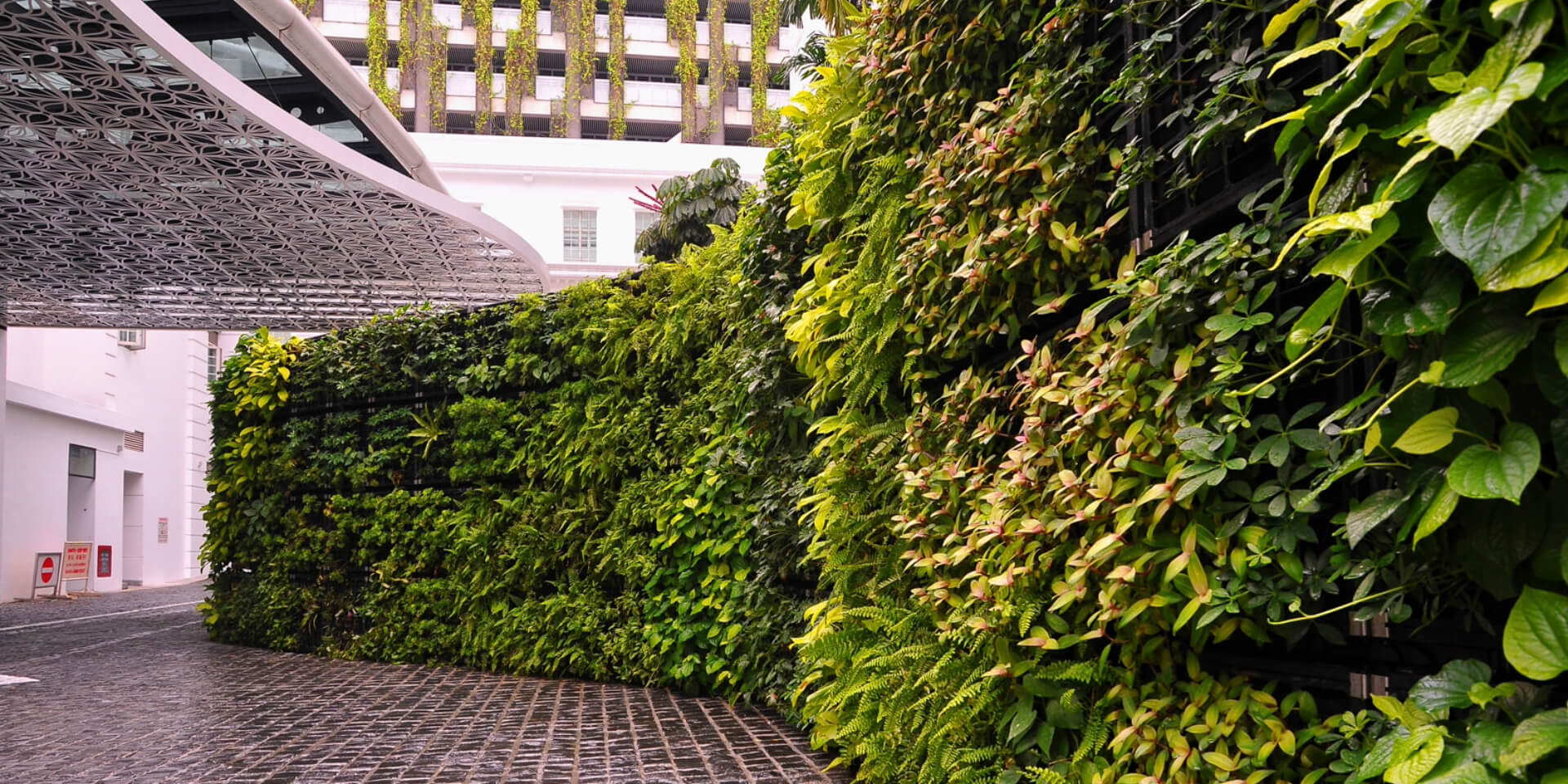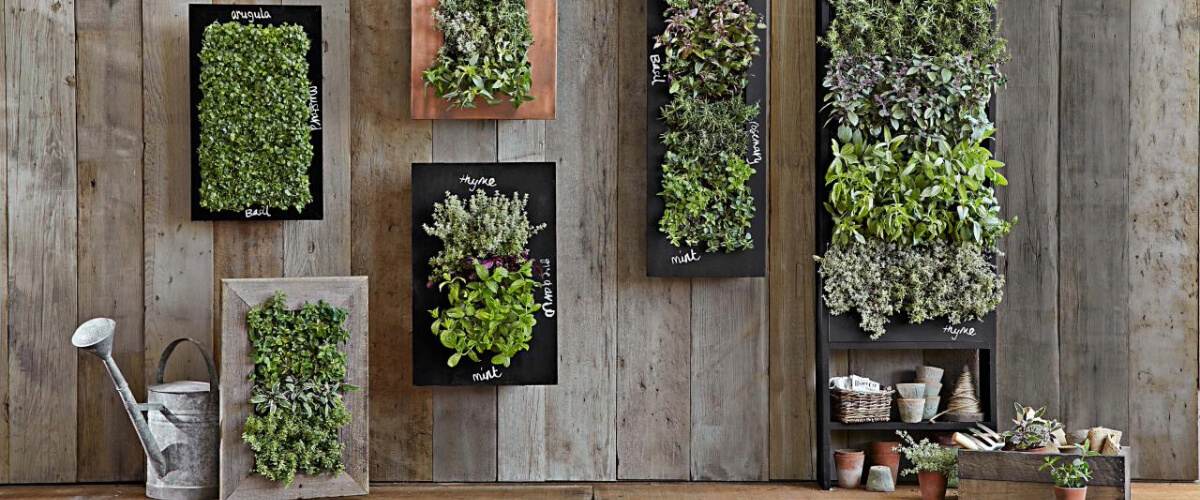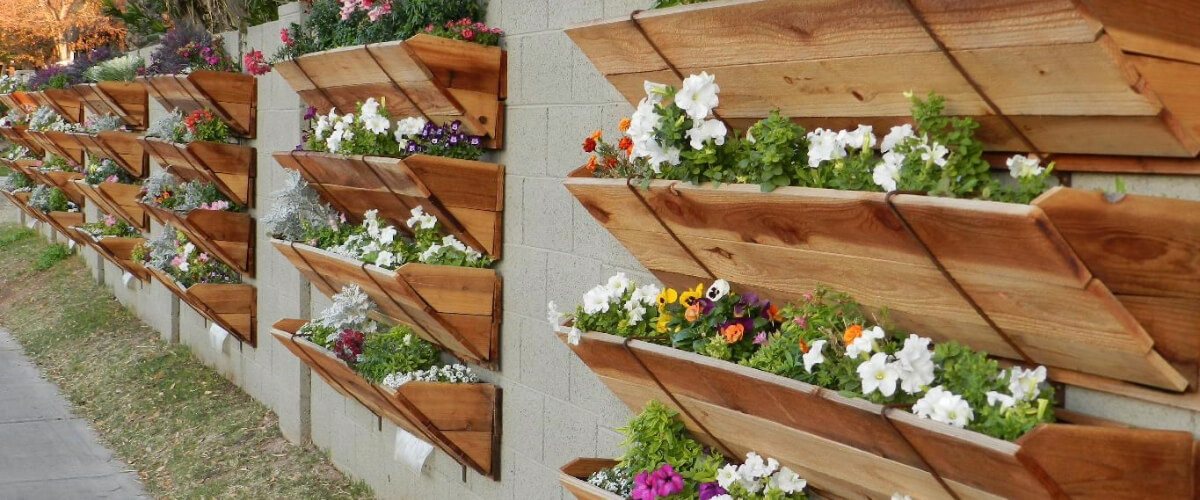
In the quest to bring the tranquility of nature into our homes, a growing number of individuals are interested in vertical gardens. With their ability to transform walls into vibrant tapestries of greenery, they have captured the hearts and imaginations of homeowners around the world.
What does vertical garden mean?
A vertical garden, also known as a living wall or green wall, is a method of gardening where plants are grown vertically on a wall or other vertical surface rather than horizontally on the ground. These gardens can range from small-scale installations in homes or offices to large-scale outdoor structures in the exteriors of buildings.
Vertical gardens typically utilize a variety of plant species, including vines, ferns, succulents, and herbs, arranged in a way that creates a visually appealing and functional living space. They are often designed to enhance aesthetics, improve air quality, reduce noise pollution, and provide habitat for beneficial insects and birds.
Vertical gardens can be constructed using various techniques, such as modular panels, hydroponic systems, or soil-based planting pockets, depending on the specific requirements and goals of the project.

What are the advantages of such a type of garden?
Space Efficiency
Vertical gardens are a boon for those with limited space, especially in densely populated urban areas with scarce outdoor real estate. They efficiently use vertical space that might otherwise go unused by utilizing vertical surfaces such as walls, fences, or balconies. It makes them particularly appealing for apartment dwellers, urban homeowners, and businesses looking to green up their surroundings without sacrificing precious square footage.
Aesthetic Appeal
Beyond their practical benefits, vertical gardens are undeniably eye-catching. They bring a touch of nature into even the most sterile environments, softening hard edges and adding a sense of tranquility to any space. Whether indoors or outdoors, they serve as living works of art, transforming walls into lush, vibrant canvases that captivate the senses and evoke a connection to the natural world.
Noise Reduction
Vertical gardens offer more than just visual appeal—they also provide acoustic benefits. The dense foliage of vertical gardens acts as a natural sound absorber, helping to reduce noise pollution by absorbing and deflecting sound waves.
Food Production
In addition to their environmental and aesthetic benefits, vertical gardens can also be productive sources of fresh, homegrown produce. From herbs and vegetables to fruits and edible flowers, a wide variety of crops can be grown vertically, even in limited space. It makes them ideal for urban gardeners, apartment dwellers, and anyone interested in growing their food in a sustainable and space-efficient manner.

Are there any disadvantages of vertical gardens?
While vertical gardens offer numerous benefits, there are also considerations to keep in mind.
Vertical gardens require careful planning, installation, and ongoing maintenance to ensure their health and longevity. Depending on the size and complexity of the garden, this can involve regular watering, pruning, fertilizing, and pest control, as well as occasional replanting or replacement of plants.
Besides, vertical gardens typically require more frequent watering than traditional gardens, as water tends to drain more quickly from vertical surfaces. It can be challenging to manage, especially in hot or dry climates, and may necessitate automated irrigation systems or hand-watering techniques.
In addition, vertical gardens can be heavy, especially when fully saturated with water and soil. This weight must be carefully considered, particularly when installing gardens on interior walls or balconies, to ensure the structure can safely support the load.